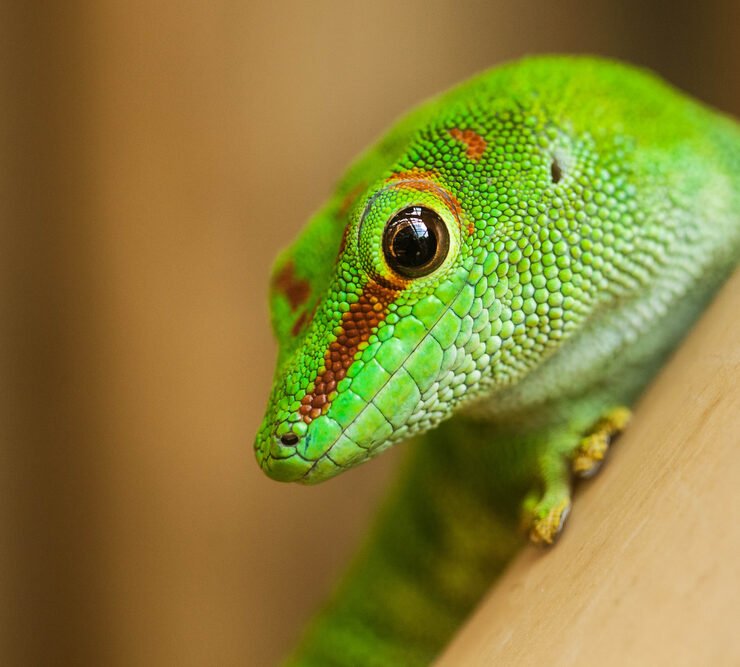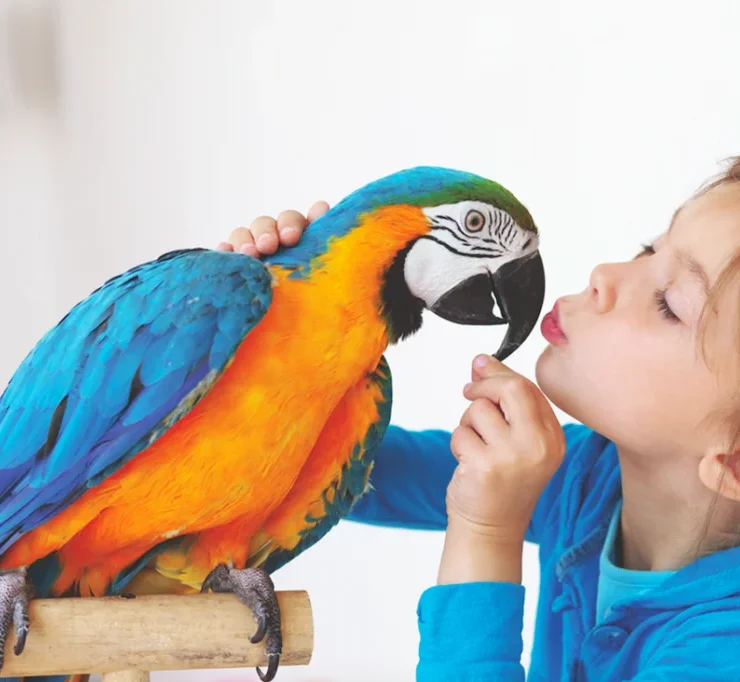What Reptiles Symbolise in History, Religion, Mythology and the Modern World
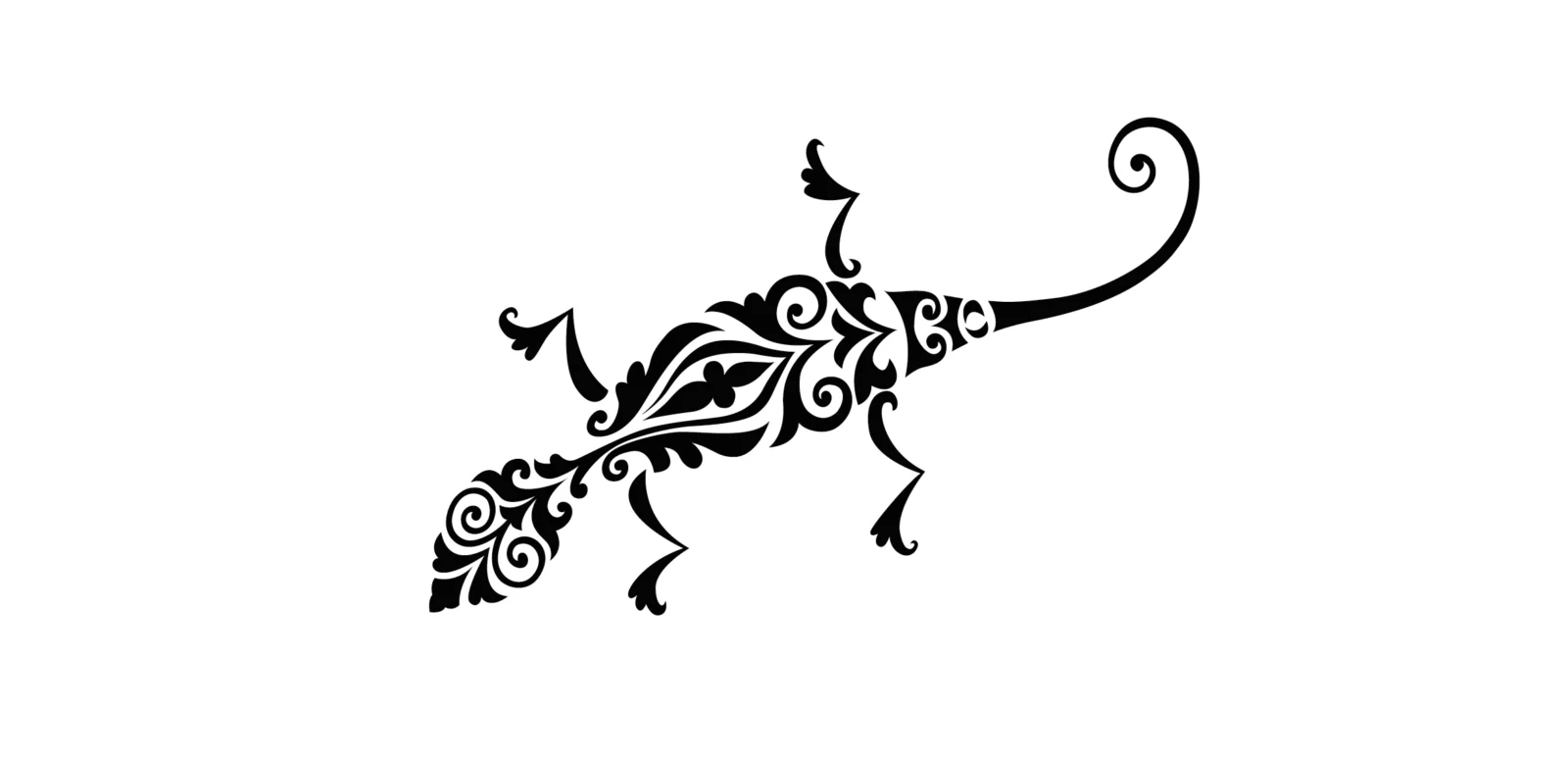
Symbolism has long been dominated by imagery or animals. Reptiles are the most common occurrence in symbolism and have been prevailing since the earliest civilisations.
For a long time, reptiles have been associated with negative imagery. When one thinks of any reptile, the common thoughts are fear and evil.
The serpent, or the snake, is the oldest and most common mythological symbol. Reptiles have been a common occurrence since as early as Ancient Egypt.

The snake has dominated mythology as early as the time of the ancient Egyptians, if not earlier. It is the most common symbol recurring in mythology and imagery varies between good and bad. In some cultures, such as the Hopi people of North America, the snake has long been associated with fertility. They performed a yearly snake dance to celebrate the renewal of nature’s fertility.
Other cultures have associated snakes with the umbilical cord. Snakes were often depicted wrapped around the neck of goddesses like a scarf and were worshipped as guardians of mysteries of birth and regeneration. This was common in ancient Crete.
Serpent symbolism is also widespread in religious beliefs. Like in Hinduism, snakes are associated with power and pure desire. The Abrahamic religions view the serpent as a symbol of sexual desire.
Snakes are known to defend themselves when attacked or threatened. This quality has associated the snake symbol with guardianship and protection. Temples and other sacred places often depict serpent symbols and the natural guardians of treasures.
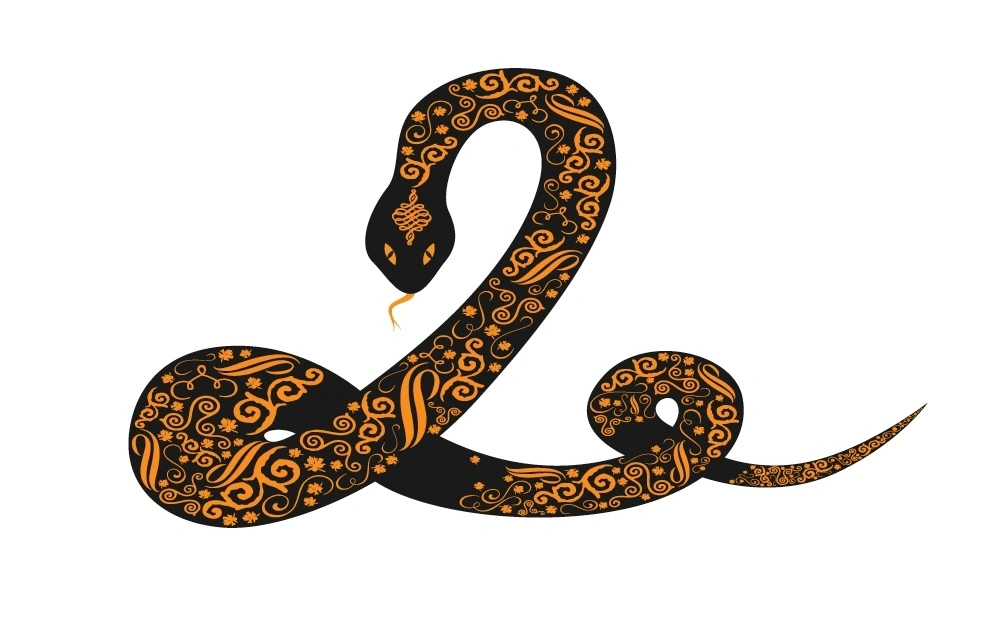
Also known to be venomous creatures, snakes have long been worshipped for their venom and it’s properties that can harm or heal. The venom is associated with chemicals in plants and fungi that can heal or poison and some believe that the venom is the elixir of life and the key to immortality through what is known as ‘divine intoxication’.
Asclepius, the ancient Greek God of medicine and healing, was believed to carry a staff with one serpent wrapped around it, commonly known as the Rod of Asclepius. Today, this has become the symbol of modern medicine. This is not the same as the staff of the Greek God Hermes, which had two serpents wrapped around it. However, due to misunderstandings, confusion and documented mistakes, the staff of Hermes, known as the Caduceus, was adopted as the symbol for medicine (largely in the US) between the late 19th century and early 20th century.
Another association with the snake is of revenge and maliciousness. This is largely due to the snake’s ability to defend itself and fight back using its venomous bites. Most of the time, snakes attack without any warning or notice, this is why they are seen as sly and vengeful creatures.
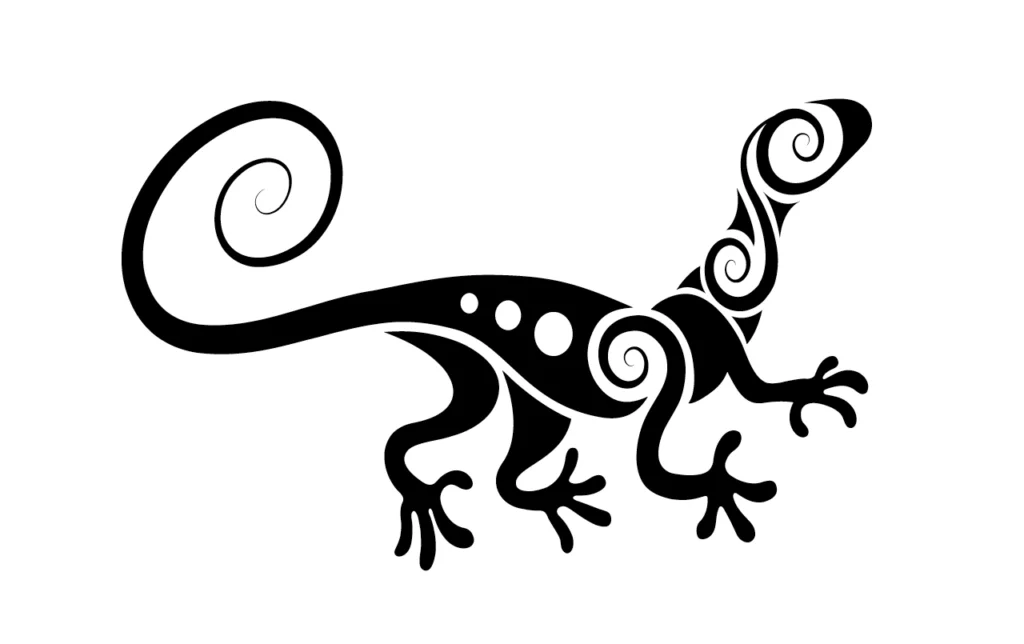
In Ancient Egypt and Greece, lizards were seen as symbols of good fortune and wisdom. However, in Christianity, they have been associated with evil and the devil. However, in Roman mythology, lizards were symbols of death and resurrection. In West Africa, lizards were seen as symbols of protection and were often kept outside people’s houses to ward off spirits. The Lizard is also the symbol of dreams. It is also associated with greater awareness, camouflage, relaxation, daydreaming, goals, desires and visions.
This lizard is popular for its ability to camouflage and disguise itself by changing colour and also for its separately mobile stereoscopic eyes. They can fully rotate and focus each eye on different things, allowing them to have 360-degree vision.
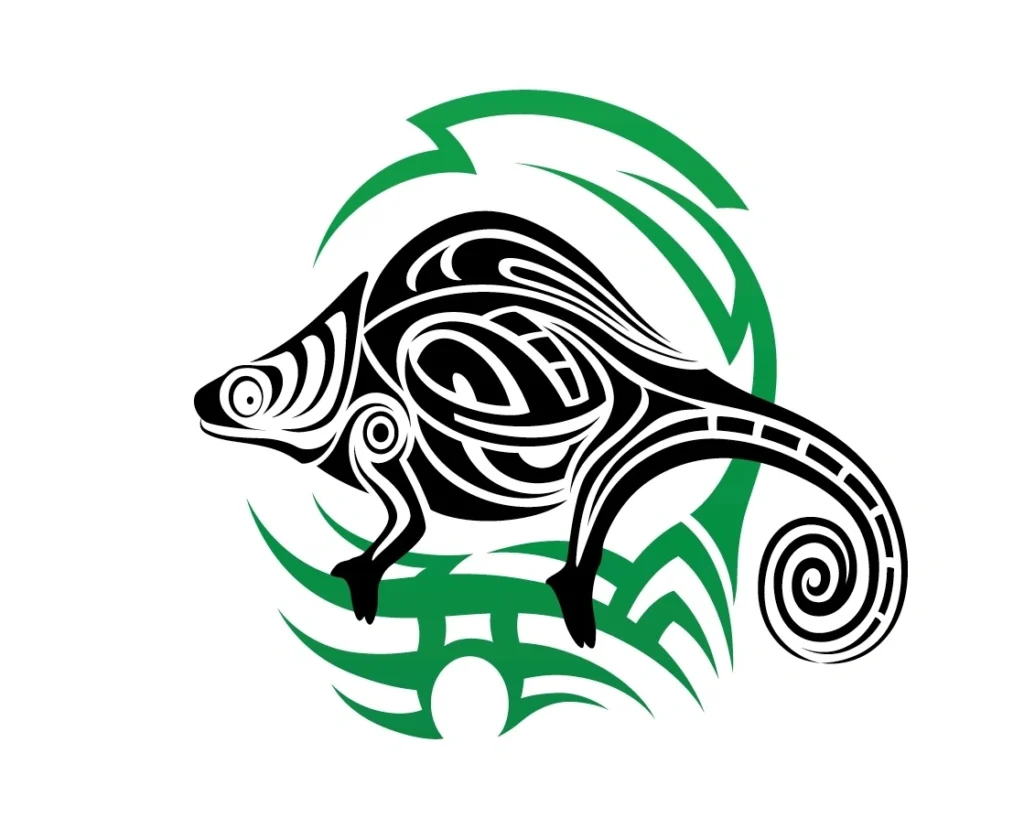
In early Christianity, Chameleons were used to symbolise Satan because Satan is believed to be able to change its appearance to deceive humans. Nowadays, chameleons are still used to symbolise two-faced people. People who are not true to one belief are usually associated with this reptile.
When talking about symbolism, one cannot forget the crocodile. This creature has long been associated with all things evil. It is considered to be the most malignant, treacherous and evil-hearted reptile.
In various districts in the Land of Egypt, the crocodile was venerated as a symbol of sunrise and the rising waters of the Nile.
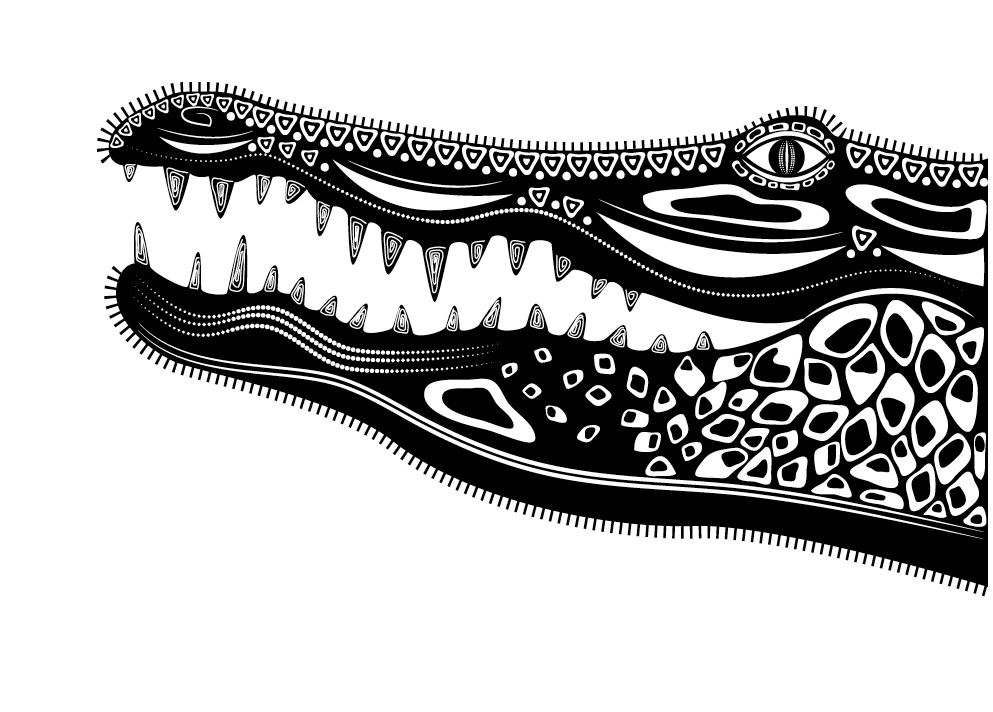
There is a common reference in the English Language of ‘shedding crocodile tears’. This saying is still very common in the modern world and is used to refer to people who are pretending or faking a reaction.


